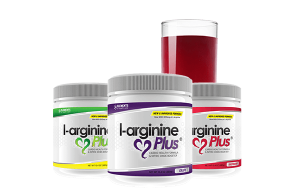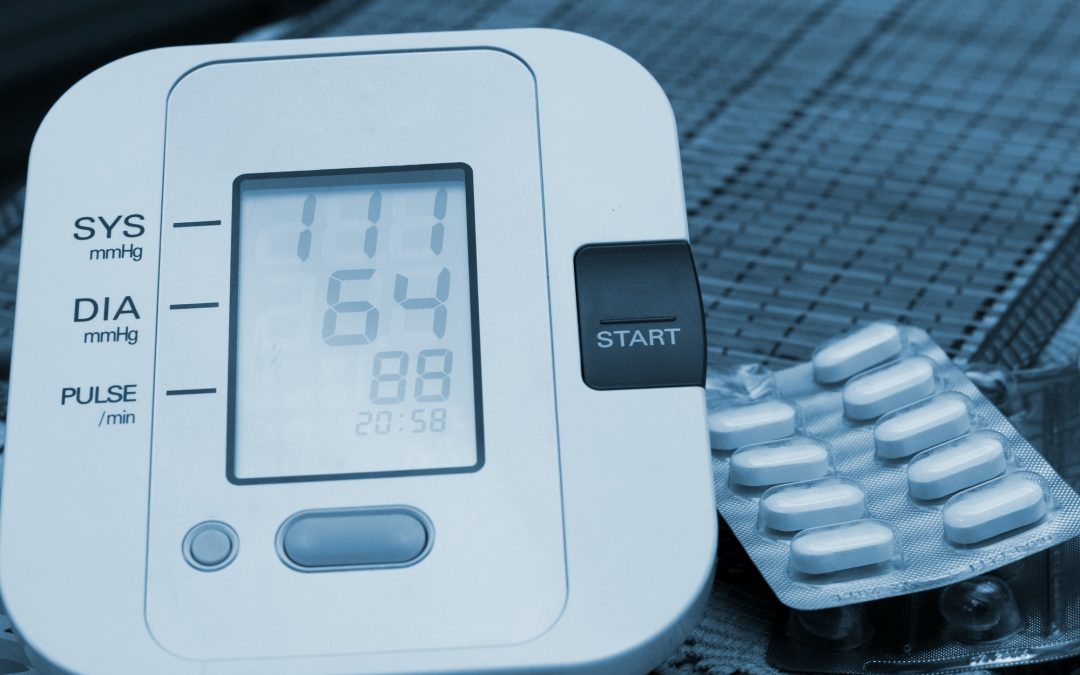High blood pressure affects millions of people, but when it comes to blood pressure numbers, what do they mean? Let’s find out.
Maintaining your health includes taking care of your blood pressure. While the goal is to maintain your readings at a healthy range, not everyone knows what this means. First, start by knowing how to read blood pressure and that it consists of two numbers: systolic and diastolic. Additionally, the reading is expressed in millimeters of mercury (mm Hg), so a reading would look like 120/80 mm Hg.
Systolic pressure refers to the top number of a measurement and the amount of pressure in the arteries during heart muscle contractions. Conversely, diastolic pressure refers to the bottom number and the pressure when the heart muscle is between beats. Maintaining both systolic and diastolic pressure at a healthy range is key. When either of these numbers is greater than the “normal” range, it means the heart is overexerting itself.
 Normal Reading
Normal Reading
According to the American Heart Association (AHA), a normal reading is between 90/60 mm Hg and 120/80 mm Hg. While this means that no medical intervention is necessary, you should maintain a healthy lifestyle to keep it this way.
Elevated Blood Pressure
Before reaching high blood pressure status, you may experience elevated blood pressure. This is anything between 120-129 systolic pressure and less than 80 diastolic pressure.
If you experience this, it means you need to start adopting healthy lifestyle choices before you experience high blood pressure. While no medication is necessary, you should start exercising regularly and eating a balanced diet.
Hypertension Stage 1
High blood pressure (or hypertension) starts with a reading between 130/80 mm Hg and 139/89 mm Hg. However, according to AHA, you may not have hypertension if only one number falls within this scale.
To determine hypertension, you need to know the average of your readings over a period of time. Nevertheless, if you suspect you have hypertension, talk to your doctor so they can help confirm if you have it.
Hypertension Stage 2
A reading of 140/90 mm Hg or higher indicates Hypertension Stage 2, which is a more serious condition. In these cases, you may need to take medications if you want to manage your blood pressure.
Hypertensive Crisis
If you experience readings higher than 180/120 mm Hg, you need emergency medical treatment. Moreover, you may experience symptoms such as chest pain, shortness of breath, dizziness, headaches, visual changes, paralysis, and more.
Though, it’s important to note that you may not always experience symptoms. You should also note that while the reading may be temporary, a second high reading means you need treatment immediately.
Improving Blood Pressure
 Now that you know about the different blood pressure stages, it’s important to maintain yours at healthy levels. Generally, this involves leading a healthy lifestyle that includes regular exercise and a balanced diet.
Now that you know about the different blood pressure stages, it’s important to maintain yours at healthy levels. Generally, this involves leading a healthy lifestyle that includes regular exercise and a balanced diet.
If you already have high blood pressure, it may also mean taking certain medications to keep your pressure under control. Moreover, you can try health supplements that focus on improving your circulation like L-arginine Plus.
It contains a combination of ingredients that increase nitric oxide in the body, a molecule that improves blood flow. As a result, you may experience lower blood pressure, higher energy levels, and a boost to your heart health.
Try L-arginine Plus along with a healthy lifestyle if you want to give your blood pressure the support it needs.

